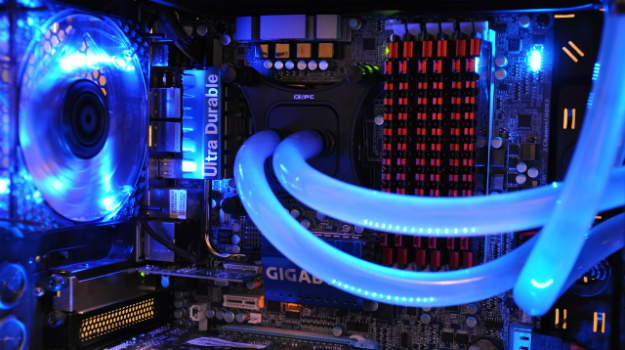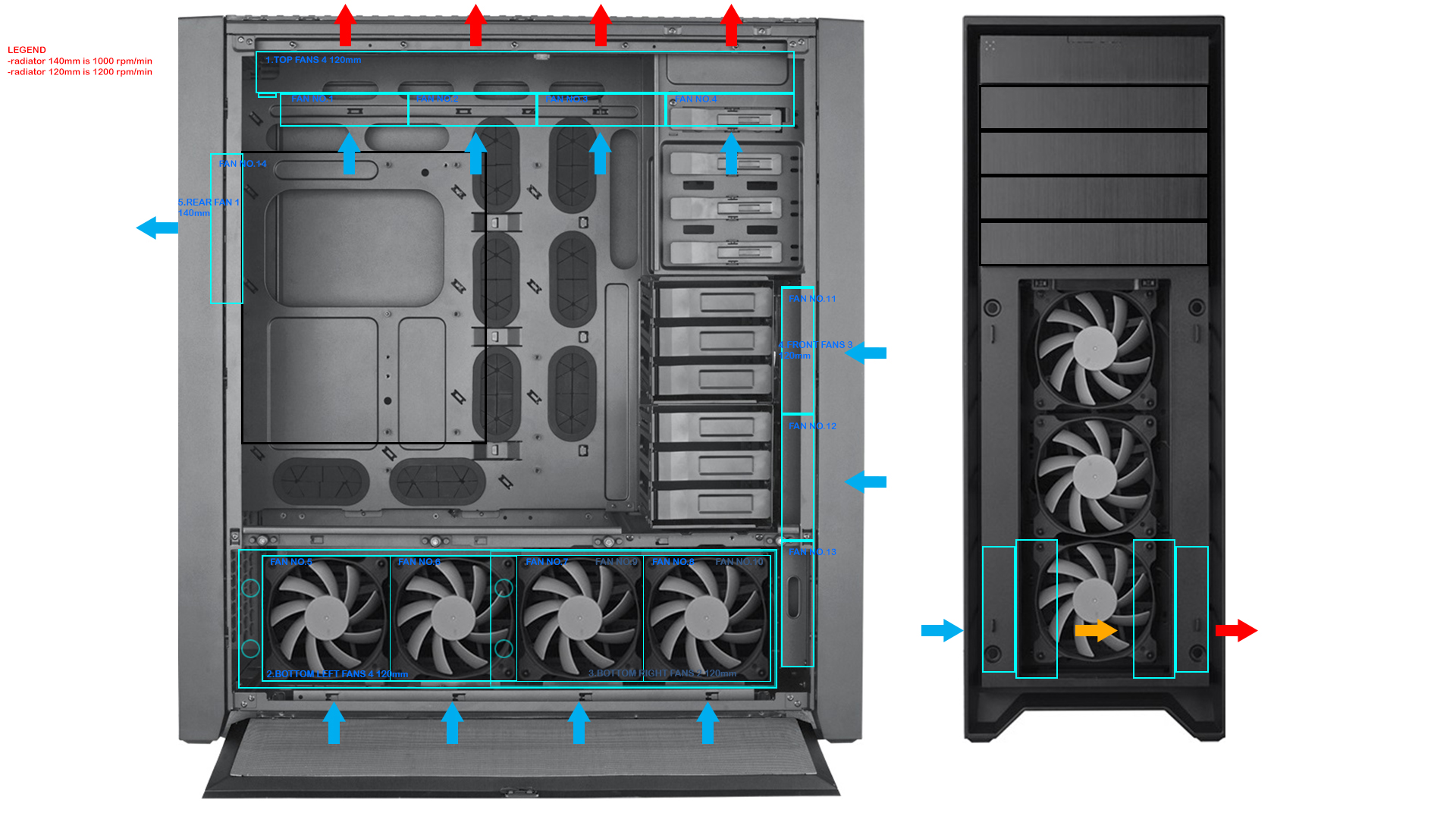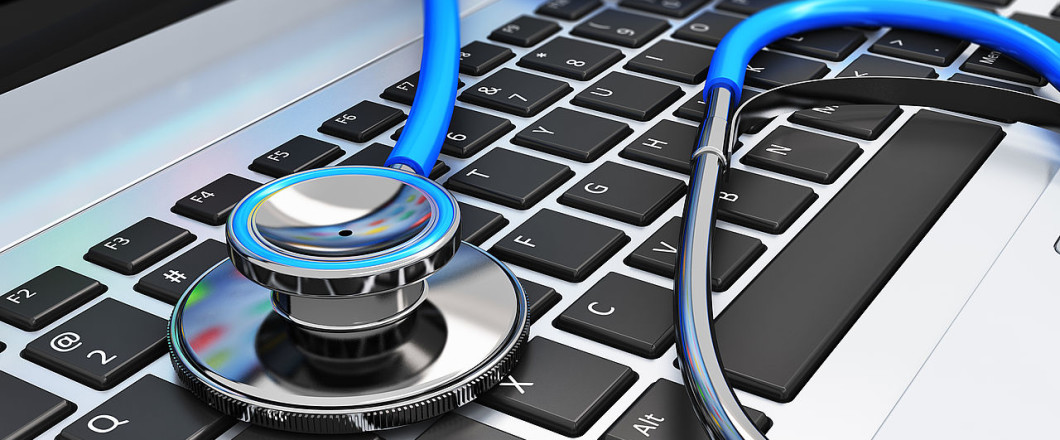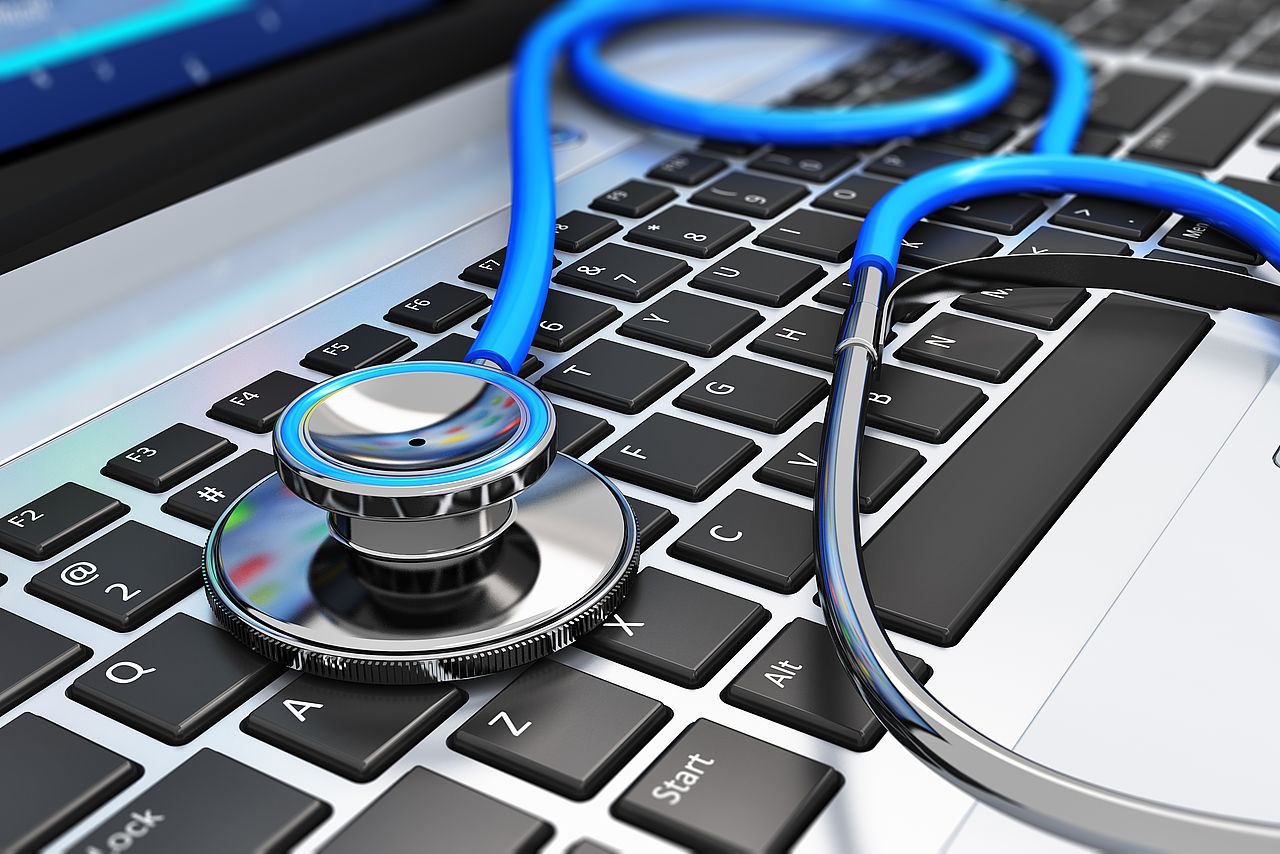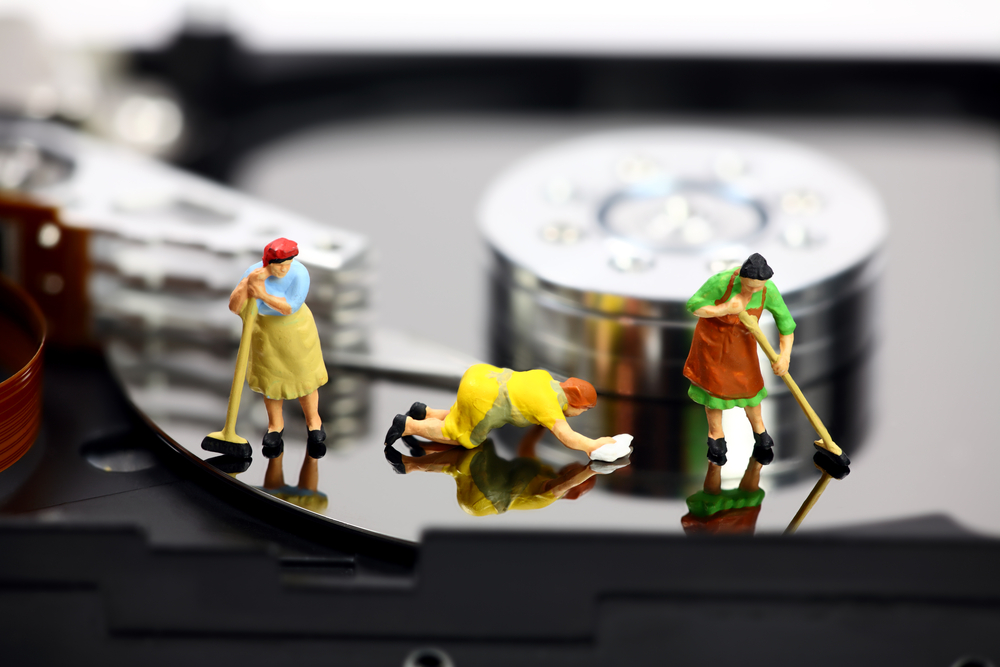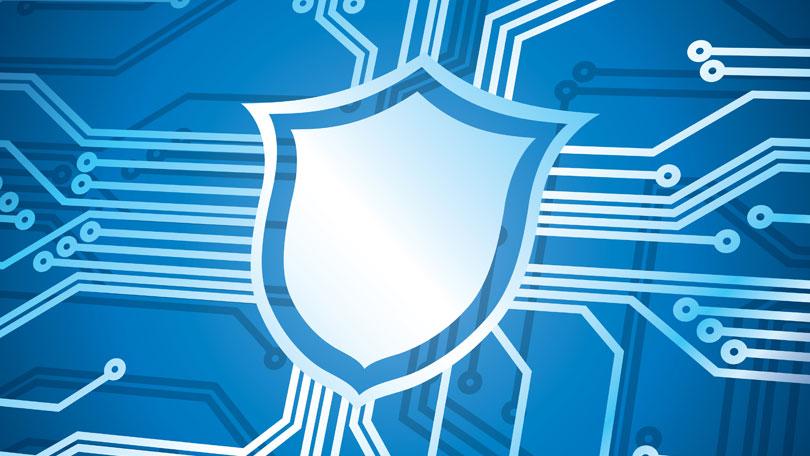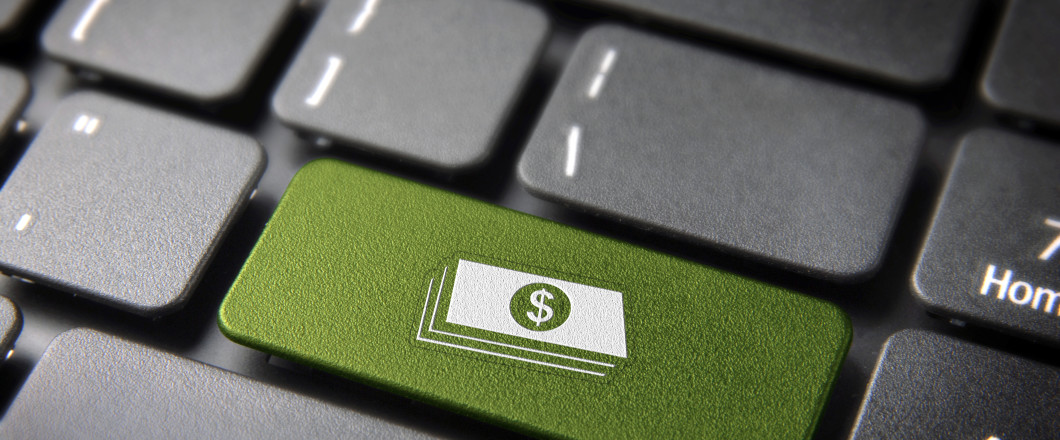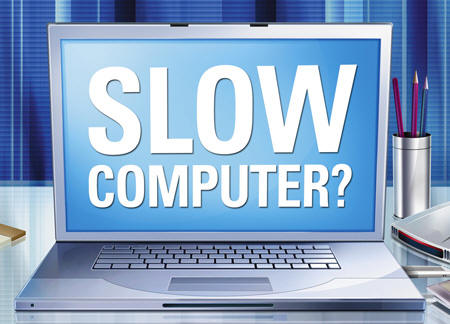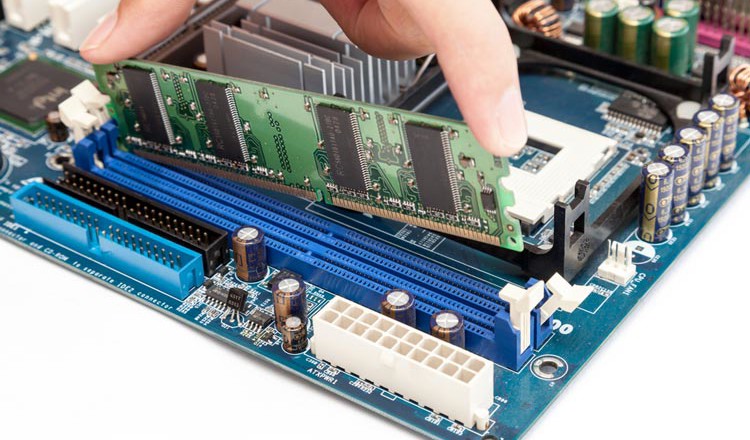
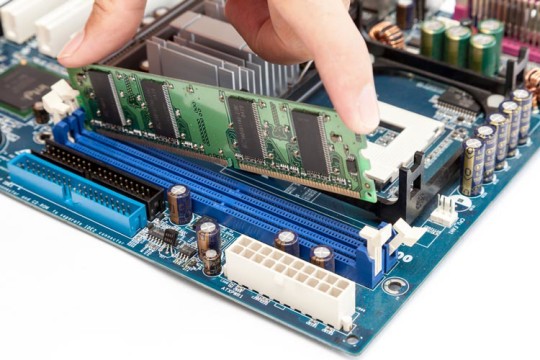
PCs are very important to business and you can’t afford to be without one or using one that isn’t optimized, but how do you know it’s time to upgrade?
The problem with working with an aging PC is that it’s difficult to guarantee its reliability. And if the world of business demands one thing then it’s reliability. Even the very best computers will go into decline or slip behind in terms of technology, so it’s a good idea to upgrade around every four years.
Sometimes, though, an upgrade may be required a little sooner, so let’s go through five signs that your PC is due an upgrade.
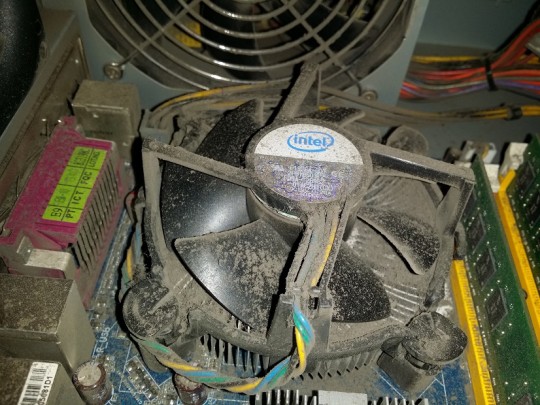
- Noisy Components
When your PC starts making noises which get louder and more grating as time goes on then it’s an indicator that something isn’t right. In particular, the most common components to start generating such a noise are the various fan drives and hard drives housed within your PC. And when these start to fail – particularly the fans – this puts a huge amount of stress on the rest of your PC, so it makes more sense to upgrade to a new PC.
- Out of Date?
New advances in software and technology are so rapid that, depending on the needs of your business, older PCs may struggle to adopt. And, in some cases, older PCs simply won’t be able to run this new technology; this can put your business at a real disadvantage, so sometimes it’s crucial to upgrade your PCs when bringing in new software in order to get the best out of it.
- Constant Maintenance is Required
Sometimes you’ll realize that you’re actually spending more time sorting out the various problems with your PC than getting work done on it. And wasted time is wasted money, so it’s a huge drain on your businesses resources and needs addressing. Even if it may seem expensive to upgrade, ultimately it’s going to save you more money in the long term due to increased productivity.
- Lack of Support
Once software and hardware providers stop offering support or security patches it means that your PC becomes a liability. After all, what if you have a severe server meltdown and all your data is at risk of being lost? Without any support there’s the risk that you’ll never see that data again. Likewise, without any security updates you run the risk of being hacked. Upgrading to current, supported technology is the only option in these cases.
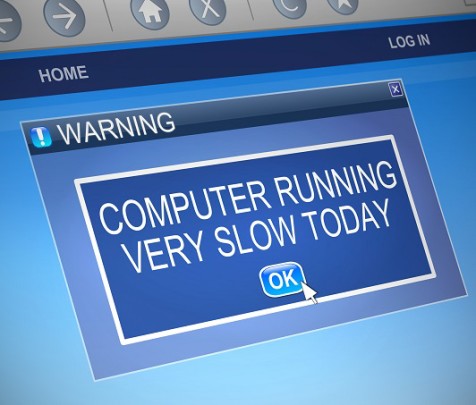
- It Slows Down
All PCs reach a point where they simply slow down. Processors have to handle more advanced programs and updates. Their performance can decline whilst the constant demands of a business PC can eventually push them to a point of exhaustion. Therefore, if there’s nothing noticeable which is causing the PC to slow down then it’s time to consider an upgrade.
For more ways to secure and optimize your business technology, contact your local IT professionals.
Read More



